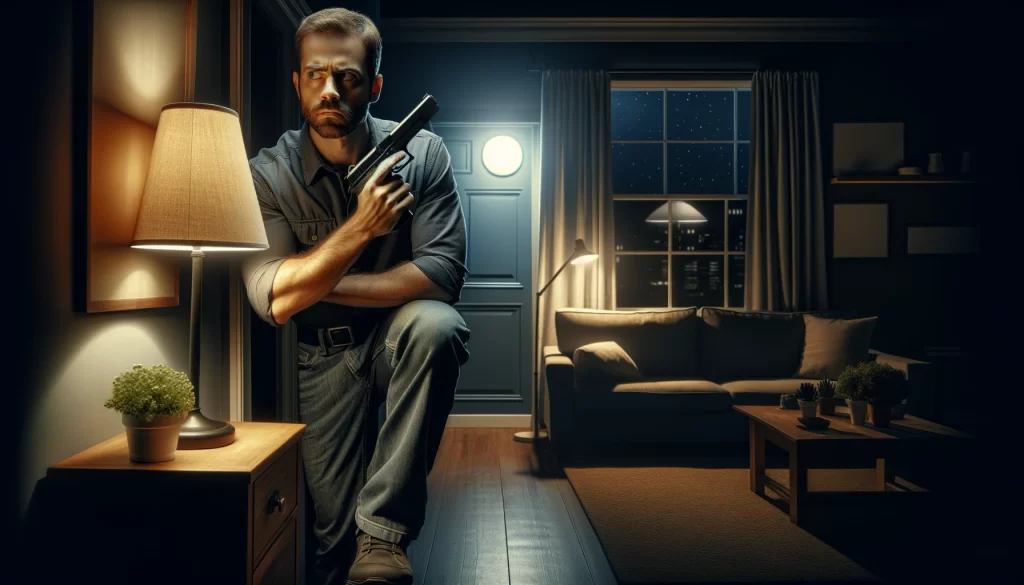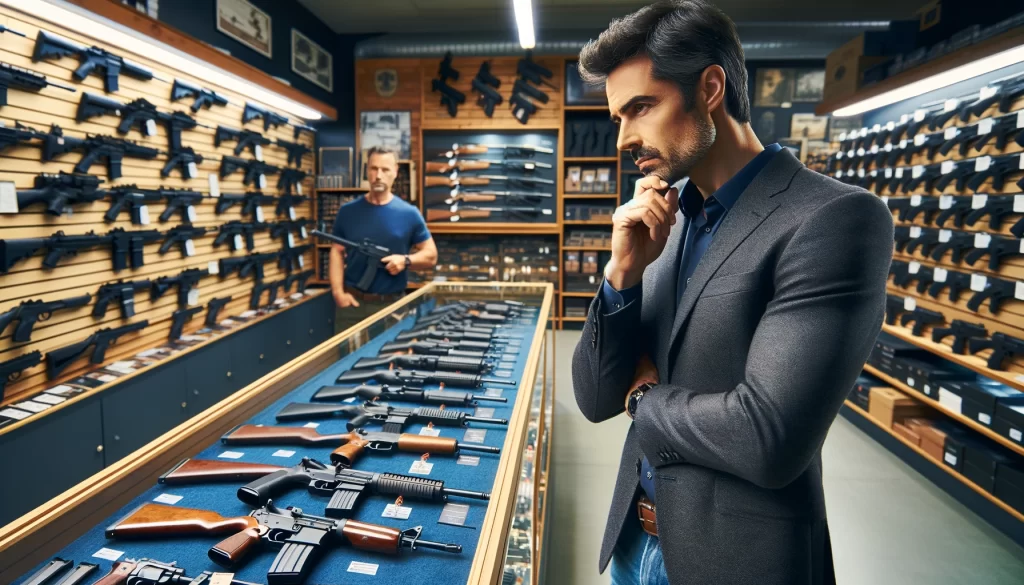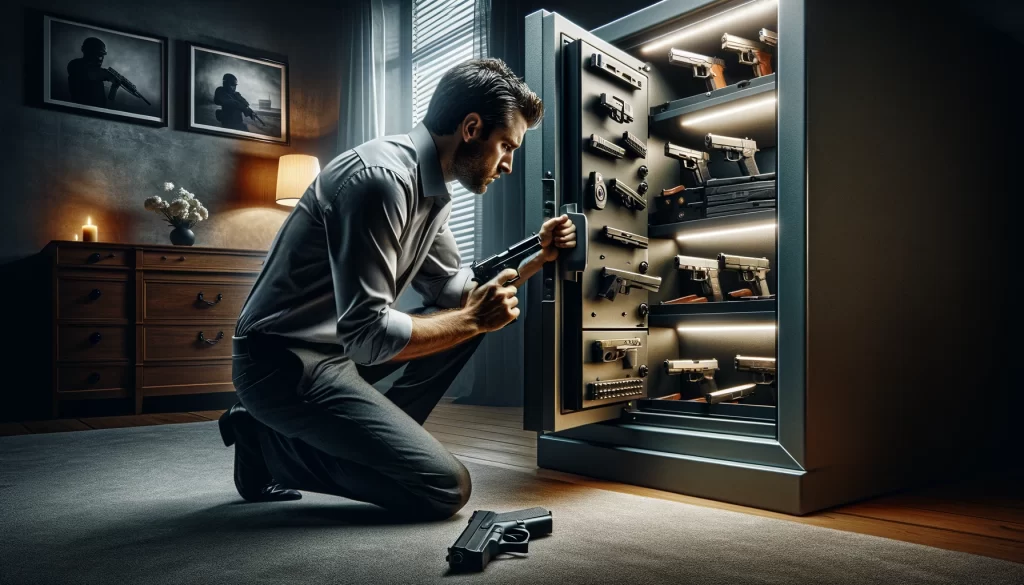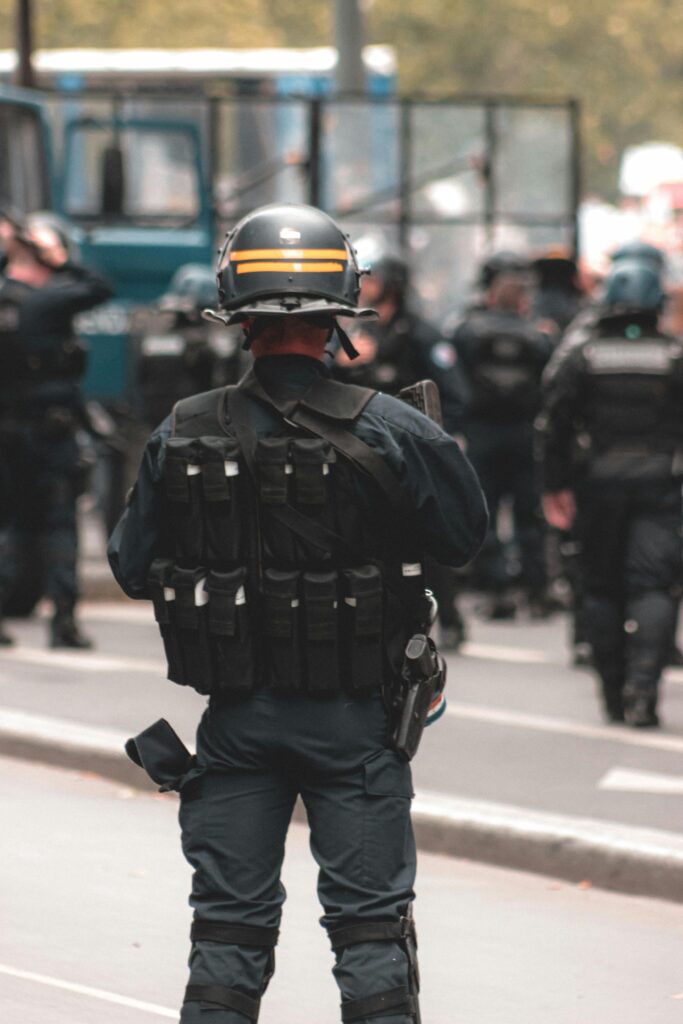
In a world where personal safety and security are increasingly at the forefront of our minds, the role of firearms in home defense is a contentious issue right now.
And yet firearms are increasingly the common sense approach to an increasingly dangerous and uncertain world.
As a community of responsible gun owners and enthusiasts, we understand that owning a firearm for home defense is not just about exercising our Second Amendment rights.
It’s about being prepared, responsible, and effective in protecting what matters most.
Understanding the Responsibility
First and foremost, owning a firearm for home defense comes with significant responsibility. It means understanding the laws in your area, securing your firearm safely, and using them sparingly and proficiently.
Training is not just a recommendation; it’s a necessity. Regular visits to the shooting range, taking defensive shooting courses, and staying updated on safety practices are all part of being a responsible gun owner.

Choosing the Right Firearm
When it comes to selecting the right firearm for home defense, there’s no one-size-fits-all answer.
The choice between a handgun, shotgun, or rifle depends on various factors including your living situation, comfort level, and proficiency with firearms.
Handguns are popular due to their compact size, making them easier to maneuver in tight spaces.
Shotguns, with their formidable stopping power, are effective at close range and less likely to over-penetrate walls.
Rifles, particularly those in smaller calibers, can be precise and manageable.
Ammunition and Stopping Power
The type of ammunition you choose is as important as the firearm itself. For home defense, the goal is to stop a threat effectively while minimizing the risk to others in the home and neighbors.
Hollow-point bullets are often recommended for this purpose as they expand upon impact, creating a larger wound channel in the attacker while reducing the risk of over-penetration.
Home Defense Tactics
Understanding how to navigate your home with a firearm is crucial. You should know every corner and potential hiding spot.
Practice moving through your home, keeping in mind angles and cover. Remember, in a high-stress situation, simplicity is key.
Complicated tactics are difficult to remember and execute under pressure.
The Mental and Legal Aspects
Defending your home with a firearm is not just a physical challenge but a mental and legal one as well. Mentally preparing yourself for the possibility of using lethal force is a sobering aspect of home defense.
Legally, understanding the laws regarding self-defense in your state is critical. The concept of “Castle Doctrine” and “Stand Your Ground” laws vary widely, and knowing these laws inside and out is part of being a responsible gun owner.
Concealed carry insurance is basically essential these days as well.

Safe Storage and Accessibility
Balancing safe storage and accessibility is a key component of home defense. Biometric safes and quick-access lockboxes offer a way to securely store firearms while allowing rapid access. Remember, unauthorized access to your firearms can lead to tragic accidents or legal consequences.
The Role of Home Security Systems
Incorporating a home security system can complement your home defense strategy. Cameras, alarms, and motion sensors not only act as deterrents but can also give you an early warning, buying you precious time to prepare and respond.
Training with Family Members
If other members of your household are capable and comfortable, training them in the safe use of firearms adds an additional layer of home defense. This includes understanding when and how to use a firearm, as well as what to do in the event of a home invasion.
Mental Rehearsal and Scenario Planning
Mental rehearsal is a valuable tool. Visualize different scenarios and how you would respond. This mental mapping can help you act more decisively and calmly should an actual home invasion occur.
Explore All Possibilities First
It’s important to emphasize that using a firearm in defense of your home is always a last resort. The primary goal is to avoid confrontation. If you can safely leave the situation or de-escalate it, those are always better options.
Conclusion
The right to bear arms for the defense of one’s home is deeply ingrained in American culture and law. As gun owners and enthusiasts, we advocate for responsible ownership, which includes understanding the weight of this responsibility. It’s about more than just owning a firearm; it’s about being prepared, educated, and responsible. The ultimate goal is to ensure the safety and security of ourselves and our loved ones. Let’s continue to uphold these principles with the seriousness and respect they deserve.


